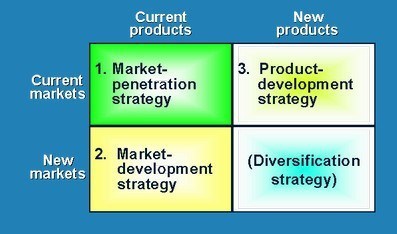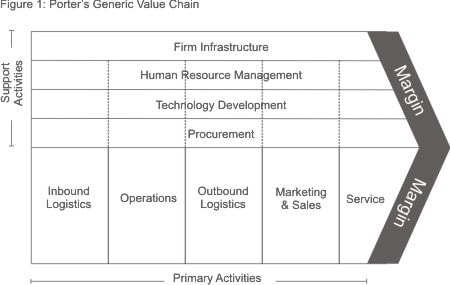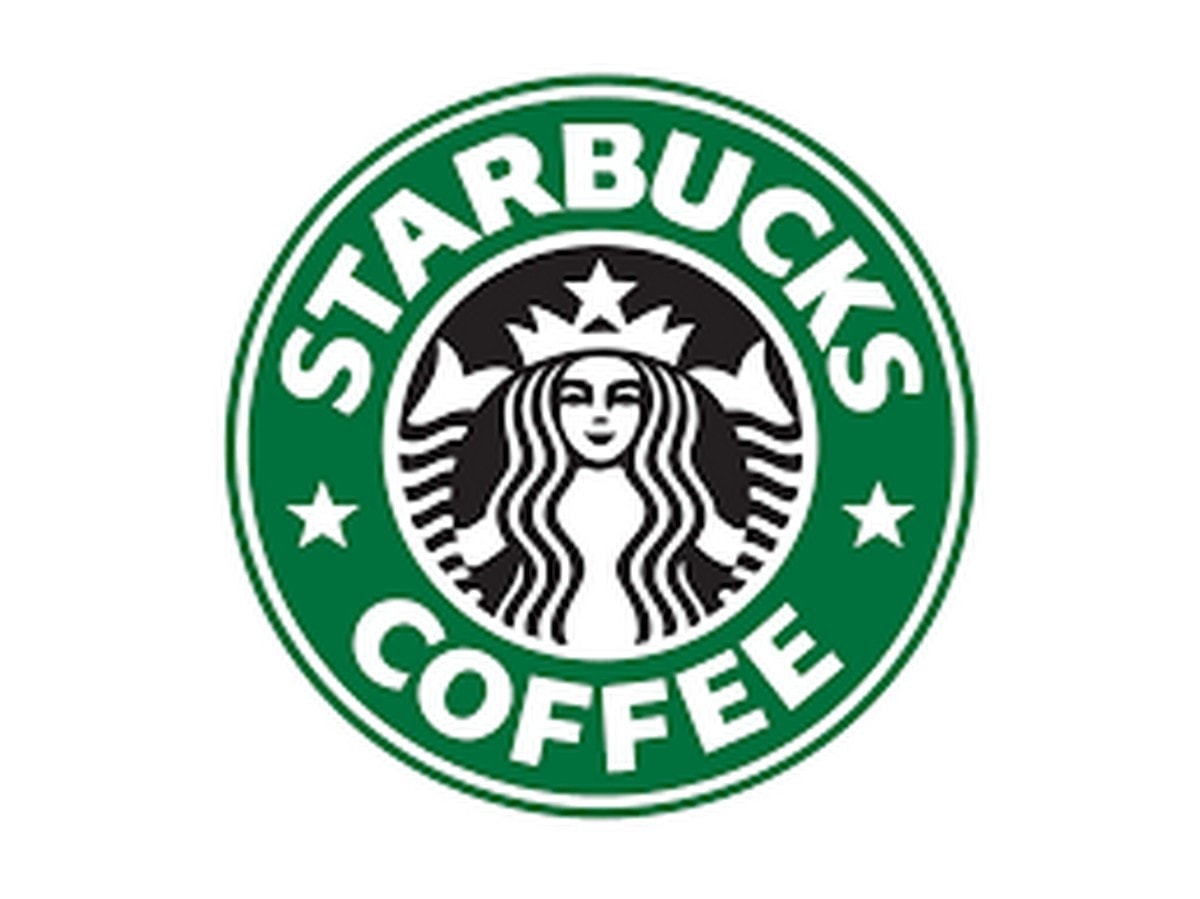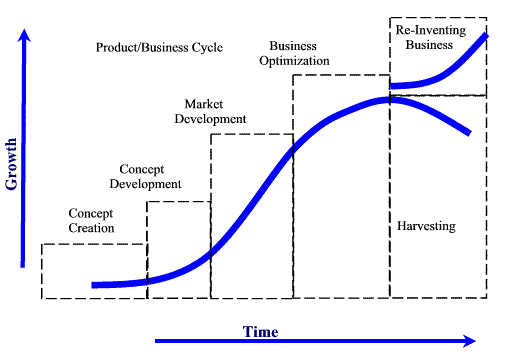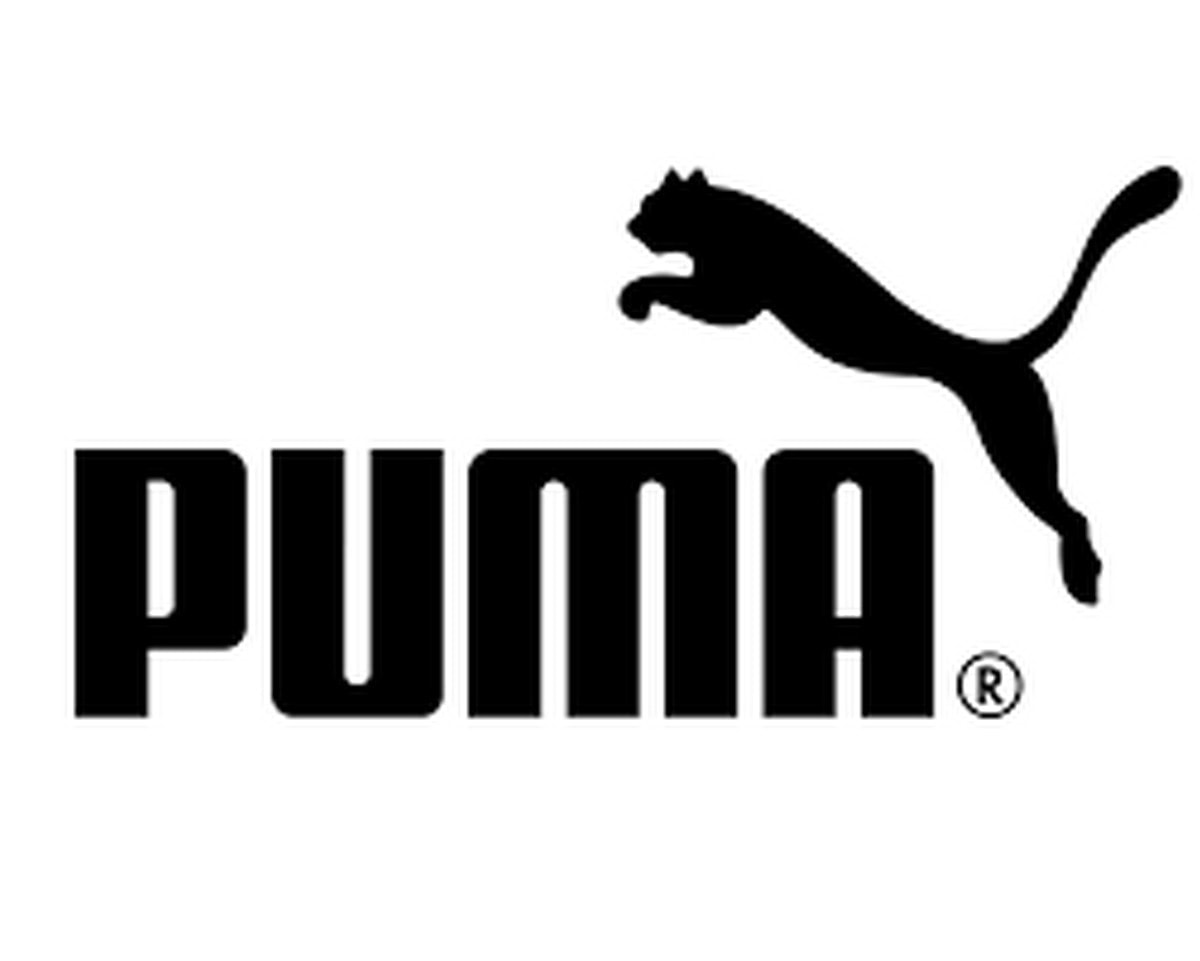
Marketing Strategy of Puma - Puma Marketing Strategy discussed
Marketing Strategy of Puma – Puma Marketing Strategy
Puma is the leading sports brand globally developing designs, selling & marketing footwear, apparel and accessories in more than 130 worldwide. Incorporated in 1948 by Rudolf Dassler (due to the split of the original company into PUMA & ADIDAS) it has established itself as a fastest growing and designer of performance & sports style based products.
Headquartered in Germany, it has expanded its reach worldwide within the span of 67 years and by employing more than 12000 diversified & dedicated workforces in 45 nations.
Table of Contents
Segmentation, targeting, positioning in the Marketing strategy of Puma-
Puma uses a mix of demographic, geographic and psychographic segmentation strategies to understand the changing needs of the customers in the competitive market.
Targeting strategy is the cornerstone of the product development process. Puma uses differentiated targeting strategy for different products categories.
It has always positioned itself as a brand which inspires the one to move ahead in life and achieve the greatest. Puma uses value-based positioning strategy for the same.
Marketing mix – Click here to read the Marketing mix of Puma.
SWOT analysis – Click here to read the SWOT analysis of Puma.
Mission- “Not Available”
Vision- “Become fastest sports brand in the world”
Tagline-“Forever Faster”
Competitive advantage in the Marketing strategy of Puma-
Sourcing from the suppliers:
In its product portfolio, 90% of its products are sourced from the Asian markets where most of its manufacturing & production plants are located. The sourcing is a big task in Puma which is handled by Big cat Ltd. company who coordinate with 190+ suppliers in more than 35 countries for sourcing & the products. The procurement is one of the most important competitive advantages Puma have.
Broad product portfolio: Puma deals in product categories such as footwear, personal care, eyewear, watches, sports accessories and clothing. Being present in interrelated product segments with a large number of offerings helps the brand in getting a high share of wallet & increase in customer basket size.
BCG Matrix in the Marketing strategy of Puma-
The Puma group owned brands Puma & Cobra golf primarily deals in the same industry products.
The footwear business of the group generated 45% of the net sales in 2015 and therefore it stars in the BCG matrix while the other products segments of the Puma i.e. apparel and accessories are a question mark in the BCG matrix due to the presence of a large number of national & international players in the market.
Distribution strategy in the Marketing strategy of Puma-
Puma & Cobra Golf brand is owned by the Puma Group. PUMA distributes its offerings through three channels of distribution: Puma exclusive retail stores owned by Puma, wholesale and e-commerce sites like Amazon, Alibaba etc. 80% of its sales in 2015 was from the Wholesale channel. It organises many joint product and marketing programs for its major wholesale accounts.
Brand equity in the Marketing strategy of Puma-
Puma being in footwear, sportswear & apparel industry has always been a source of motivation and inspiration through its appeal of being a Risk taker, confident, brave, determined and joyful nature to live the life in fullest. The brand has been associated with some of the greatest sports personalities such as Usain Bolt, tiger woods’ and many others.
Competitive analysis in the Marketing strategy of Puma-
Having operations worldwide in the footwear and clothing industry, Puma is more focused on manufacturing the products in the Asian markets due to low labour cost, the raw material cost which is helping the company in being competitively ahead.
Here are the top 10 competitors of Puma.
Market analysis in the Marketing strategy of Puma-
The presence of counterfeit products & high bargaining power of customers/suppliers, rising labour cost, migration of population and changing lifestyle, it is becoming difficult for the players in this industry to sustain in the market.
Although in all is visibility campaigns Puma promotes their products aggressively meant for the sportsman but the major chunk of its customer base is the youth in the age group of 20-35 who will not mind switching to other brands due to the changing competitive positioning worked upon by the players.
Customer analysis in the Marketing strategy of Puma-
Puma customers are the middle- upper & upper-class income groups who are more focussed on their self-being and want to live a healthy & have hygiene lifestyle. To attract the customers from different segments it identified the individual characteristics such as motivations, their lifestyle and their fitness level; Puma has worked on these parameters to promote its brand and make it more appealing to the end customer.


